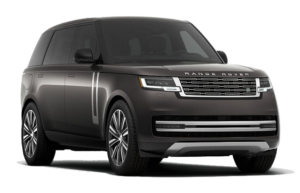You may have questions about how an electric car works. Whether you already own one or are planning to buy one, here is everything you need to know about this vehicle.
How does an electric car work?
The electric car works with an integrated battery , without a gearbox, pistons or transmission belts. Unlike the thermal engine, it does not use heat as energy but electricity. The driver plugs in his electric car to recharge it, from an external electrical energy source.
The electric motor uses electromagnetic force to generate movement. The parts that compose it convert electricity into mechanical energy on the physical principle of magnetization. The static part of the machine, the “stator”, thanks to the force of the current, turns the “rotor”, the moving part.
The electric motor is reversible. When it receives electricity, it creates movement; when it is set in motion, it creates electricity.
Furthermore, since the engine is in some way directly connected to the wheels, it is a part called a “reducer” which optimizes the rotation speed of the wheel.
Autonomy
While drivers may have initially been concerned about the range of electric vehicles, as charging networks multiply, this issue is becoming less and less of a concern.
In addition, manufacturers are offering electric cars with increasingly greater autonomy . This information is naturally present in the vehicle’s maintenance log .
Thousands of cells make up this central part, in which the current is distributed. These are in fact small batteries that are assembled with each other. Lead batteries, due to their low autonomy and their size, have been replaced by lithium batteries, which allow greater autonomy.
The battery stores electrical energy with a chemical solution. Electrons are withdrawn from this chemical solution, which becomes stable and equilibrium is established between the + and – terminals of the battery. To recharge the battery, electrons must be reinjected into the terminal. This puts the solution back into imbalance and electricity can again be obtained between the + and – terminals.
The amount of energy that the electric battery can store is expressed in kilowatt hours (kWh). The kilowatt (kW) corresponds to the flow of electricity that the battery delivers. In concrete terms: with a power of 10 kW, a 50 kWh battery can be recharged in approximately five hours. Why “approximately”? Because as soon as 80% is reached, the battery automatically reduces the charging speed.
What are the advantages of an electric car?
More and more manufacturers are betting on electric cars and new models are being launched every year. At the same time, a growing number of drivers are making the switch to electromobility.
electric car
It respects the environment by reducing CO2 emissions: since electric vehicles do not have an exhaust pipe, they do not emit exhaust gases. This significantly reduces air pollution, especially in congested cities. Encouraging the use of electric cars is therefore a lever for municipalities that wish to improve air quality in order to improve the health and quality of life of their residents.
It allows you to save money in the long term : the cost price of the electric car is interesting compared to petrol or diesel. On average, over a year, you can divide the costs of “filling up” by 5 compared to a thermal car, with similar mileage.



